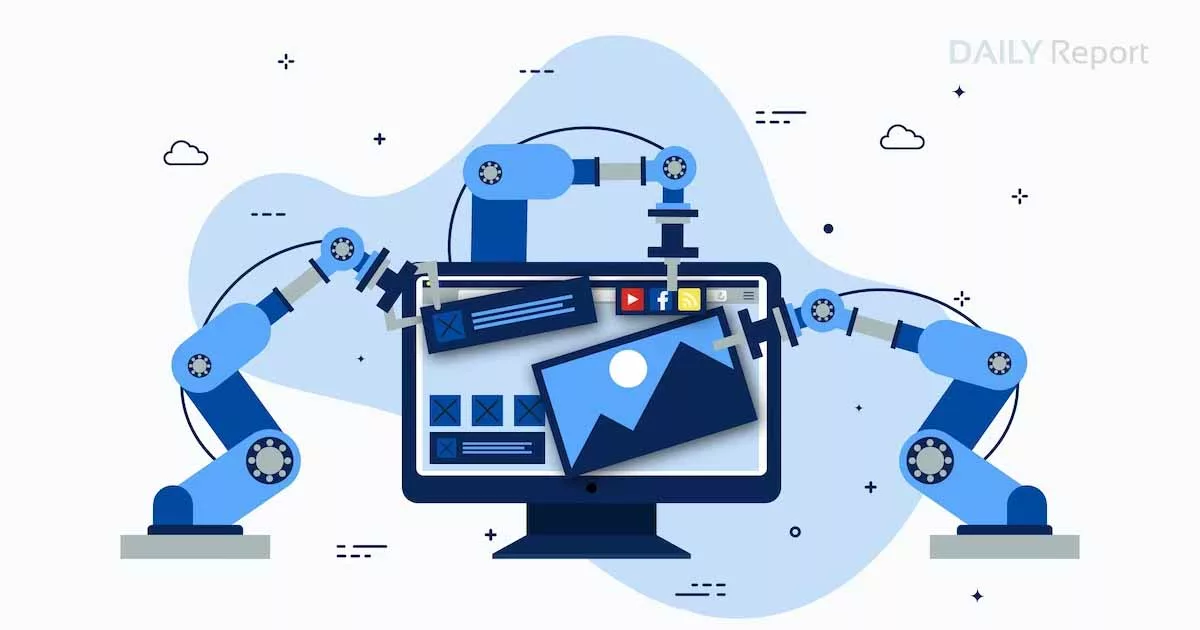The Impact of Robotics and Automation on the Future of Work
The rapid advancements in robotics and automation technologies have transformed various industries, revolutionizing the way we work and live. As we delve deeper into the 21st century, these technological marvels are reshaping the future of work. From manufacturing to healthcare, logistics to customer service, the impact of robotics and automation is pervasive. In this blog, we will explore the profound implications of these technologies on the job market, economy, and society as a whole.
1. The Rise of Robotics and Automation
1.1 Understanding Robotics and Automation
Robotics refers to the branch of technology that deals with the design, construction, and operation of robots. Automation, on the other hand, involves the use of various control systems to operate different processes with minimal human intervention. The convergence of these fields has given rise to a new era where robots and automated systems are becoming an integral part of our lives.
1.2 Evolution and Advancements
Over the past few decades, robotics and automation have experienced significant advancements. From simple mechanical arms to complex humanoid robots, the technology has evolved exponentially. Simultaneously, automation systems have become smarter and more sophisticated, incorporating artificial intelligence (AI) and machine learning algorithms to enhance decision-making capabilities.
2. Impact on Job Market
2.1 Job Displacement
One of the primary concerns surrounding robotics and automation is the potential displacement of human workers. As tasks previously performed by humans are automated, certain jobs may become obsolete. For example, in manufacturing, robots have taken over repetitive and dangerous tasks, leading to a decline in employment opportunities for low-skilled workers.
2.2 Job Transformation
While some jobs may be lost, robotics and automation also have the potential to transform existing job roles. As repetitive and mundane tasks are automated, workers can focus on more complex and creative aspects of their work. This shift allows employees to utilize their skills and expertise to a greater extent, leading to improved job satisfaction and productivity.
2.3 Job Creation
Contrary to popular belief, the rise of robotics and automation can also lead to job creation. As new technologies emerge, new job roles and industries are created. For instance, the demand for robot programmers, maintenance technicians, and AI specialists has increased significantly. Moreover, the growth of robotics and automation in sectors like healthcare and elderly care has created opportunities for jobs that require empathy and human interaction.
3. Economic Implications
3.1 Increased Efficiency and Productivity
Robotics and automation offer the potential for significant improvements in efficiency and productivity. Robots can perform tasks with precision and consistency, reducing errors and waste. This increased efficiency translates into higher production rates, cost savings, and improved competitiveness for businesses.
3.2 Economic Disparity
The adoption of robotics and automation can exacerbate economic disparity. Industries that can afford to invest in these technologies may experience increased profitability and growth, while sectors that are unable to keep up may face challenges. This divide can lead to unequal distribution of wealth and opportunities, furthering socioeconomic inequalities.
3.3 Reskilling and Upskilling
To mitigate the negative economic impact of automation, reskilling and upskilling of the workforce are crucial. As technology evolves, the demand for new skills arises. Governments, educational institutions, and businesses must collaborate to provide adequate training programs and support for workers to adapt to the changing job market.
4. Societal and Ethical Considerations
4.1 Ethical Dilemmas
The rise of robotics and automation poses ethical dilemmas that need to be addressed. Issues suchas privacy, security, and the potential for job surveillance come into play. Additionally, questions about the responsibility and accountability of automated systems in decision-making processes need to be carefully examined.
4.2 Human-Robot Interaction
As robots become more integrated into our daily lives, ensuring seamless human-robot interaction becomes crucial. Designing robots that can understand and respond to human emotions, cultural differences, and ethical considerations is essential for their acceptance and successful integration into various domains.
4.3 The Future of Work
With the continued advancements in robotics and automation, the future of work is likely to witness significant changes. It is essential to proactively address the impact of these technologies on employment, education, and social welfare. Exploring new models of work, such as flexible work arrangements and universal basic income, may become necessary to ensure a smooth transition into the automated era.
Conclusion Impact of Robotics and Automation
Robotics and automation are transforming the way we work, impacting the job market, economy, and society as a whole. While there are concerns about job displacement, it is crucial to recognize the potential for job transformation and creation. Moreover, the economic implications of robotics and automation must be carefully managed to avoid exacerbating inequalities. Ethical considerations and human-robot interaction play pivotal roles in shaping the future of work. By embracing technological advancements and investing in reskilling and upskilling programs, we can adapt to the changing landscape and ensure a prosperous future where humans and machines coexist harmoniously.







